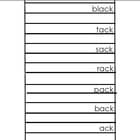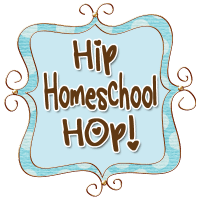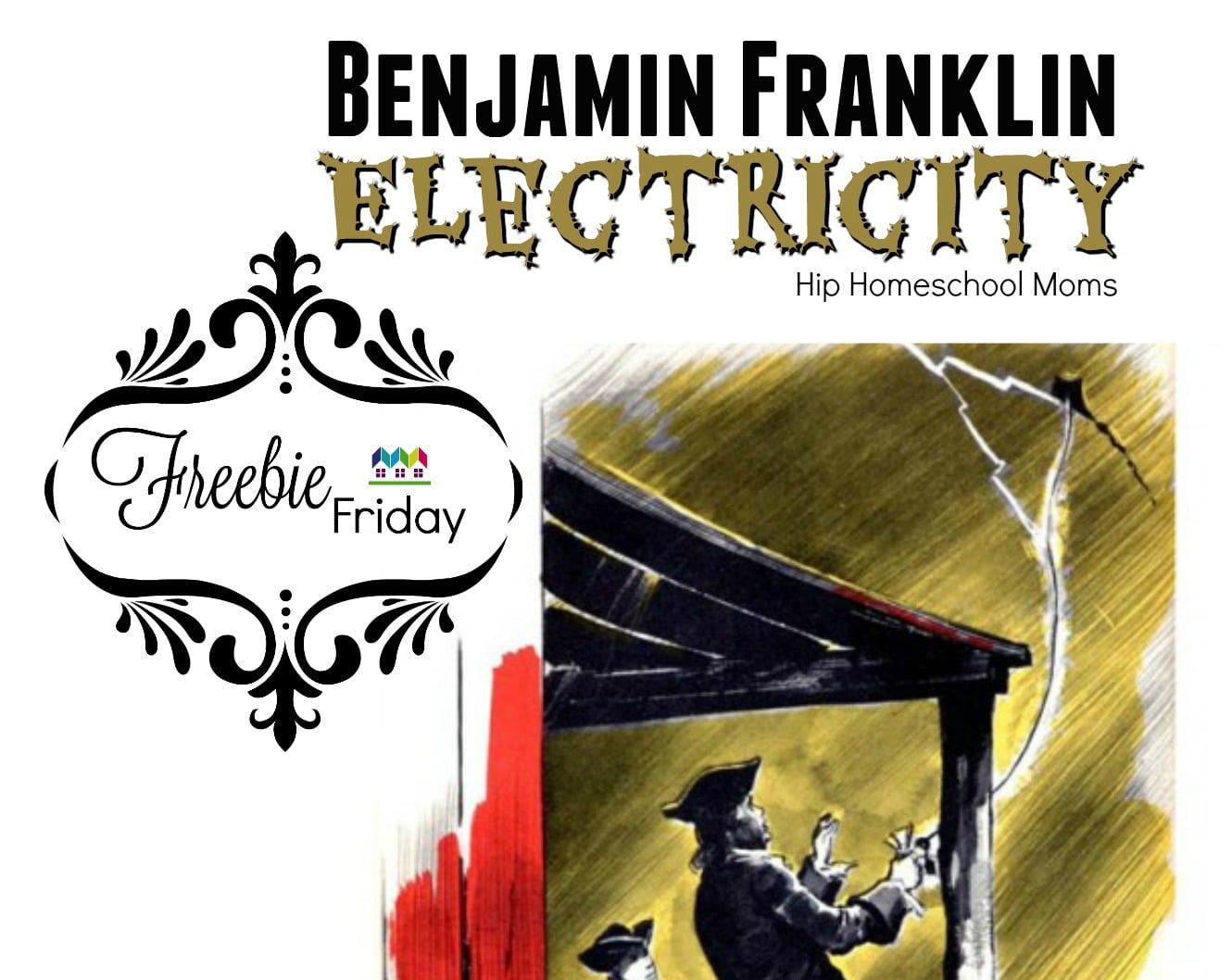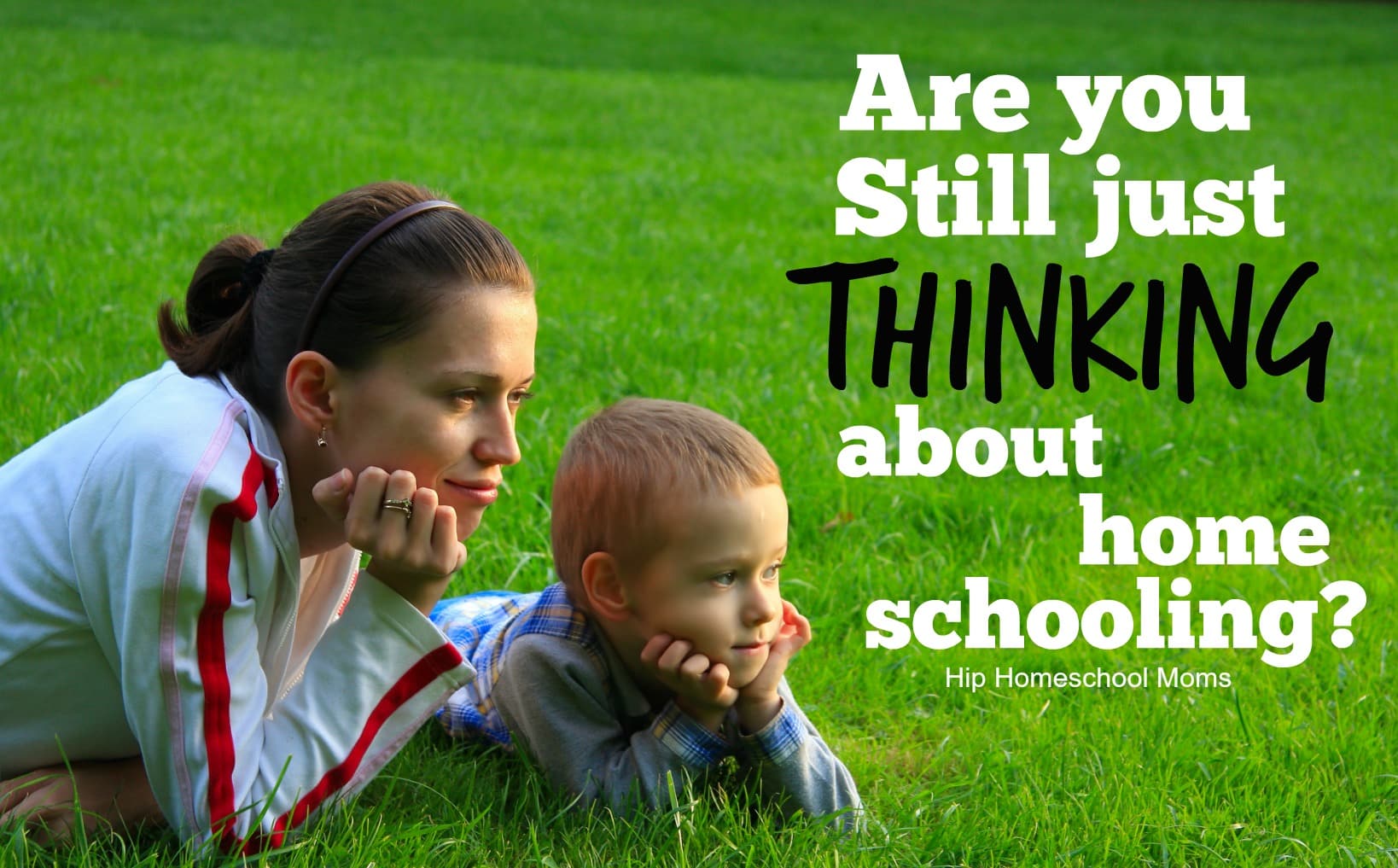Sight and Sound Reading Review
Reading is undoubtedly the most important skill that we homeschoolers teach our children. After all, once reading is mastered, a child can learn about anything under the sun. There’s no limit!
My five-year-old son has been working on his early reading skills by learning basic phonics over the last year. We were recently given the opportunity to try Mrs. Karle’s Sight and Sound Reading program, and I’m thrilled to be able to help take his knowledge from simple phonics identification to real reading.

Cindy received a free copy of Mrs. Karle’s Sight and Sound Reading program in exchange for this review. All opinions given are her own and are not influenced by the company in any way. Please see Hip Homeschool Moms’ full disclosure here.
There are two basic components to the Sight and Sound Reading program – the core reading program and the Word Ladders Handbook. Let’s look at Word Ladders first.
Sight and Sound Reading Word Ladders
You may know word ladders better as “word families,” which is how I’ve heard about them in the past. The concept is simple: Words that share the same ending letters/sound are grouped together to make learning and remembering them easier. For instance, one of the first groups to be learned is had, dad, bad, lad, mad, pad, and sad.

The lesson plans for each ladder include two days of simple instruction with an optional third day of reinforcement, sound blending practice, and writing of the words. (I skipped the writing portion with my son since he’s not ready for formal writing practice just yet. It’s not an essential part of the program but can help reinforce the words for kids who enjoy writing.)
The Word Ladders Handbook also includes riddles and questions for each group of words to further cement them in the child’s mind. For the “ad” group, some of the questions are What is the opposite of good? (bad) and What is another name for Father? (Dad). This can help kids think more about the words and their purpose instead of just repeating the sounds that Mom says.
The same 2-3 day teaching sequence is repeated for each word ladder, and you can move as quickly or slowly as you need to for your individual child. In my opinion, once a child knows the basic phonics, it’s best to start with the Word Ladders Handbook before moving into the core Sight and Sound Reading program. I think of it as a bridge on the road to reading.
Sight and Sound Reading Program

Student Book
The student book includes the day’s text along with a related drawing that features children, families, and animals in different settings. The first day’s text is just two words (“Good Morning”), and the amount of text increases each day until the child is reading multiple paragraphs.
New words in each lesson are underlined and frequently repeated over the course of a few days/lessons to help reinforce them in the child’s mind. Several of the early lessons include simple line drawings in place of words that haven’t been learned yet. For instance, “I see a yellow [bucket picture].” This makes for more interesting stories before the child is quite ready to read every word.

(The print version of the Daily Reading Worksheet Workbook is available in both color and black & white. I received the color version and highly recommend it. The pictures are so much fun, and I love the colors in each one. The digital Kindle edition comes in full-color only.)
Teacher’s Manual
The Sight and Sound Reading Teacher’s Manual – at a whopping 607 pages! – covers absolutely everything you need to successfully teach this program. The daily lessons are fully scripted, meaning that the teacher’s manual tells you exactly what to say, what to show your child, where to point on the page, etc. It’s all there for you – no guess work!
Because of its full script, there is virtually no prep work for using the Sight and Sound Reading program. I just pick it up each day, and we begin. (I love this aspect!) I received the digital edition of the teacher’s manual, so my son and I have to be in front of the computer when we do the lessons. I always read through the day’s script beforehand so I know what to expect, but my memory’s not good enough to repeat everything without looking during the lesson. 🙂
The teacher’s manual also includes every page from the student workbook, which means that the workbook is not essential. You could easily read the script from the teacher’s manual and show your child the day’s student page right there in the teacher’s manual also. My son likes having his own book, though, and I like being able to look at the student page with him throughout the day – without constantly having to get back on the computer.
The stories are fun and engaging, just right for young elementary kids. My son looks through his book at the pictures quite a bit and begs me to read him the later stories. I did read him one, but then I told him he has to earn those stories by learning to read each one himself. I’m hoping this keeps being a good motivator for him! The pictures certainly spark his interest – “What’s this story about?” 🙂
So how does Sight and Sound Reading work?
As its name implies, this program teaches reading through “sight and sound.” A child needs to know basic phonics before beginning the program, and I highly recommend covering the Word Ladders Handbook before beginning the core program. Because the core program itself teaches the 250 basic sight words, there is no phonics or blending work that happens during these lessons.
My personal opinion is that children need a good phonics foundation before learning sight words, so I wouldn’t recommend jumping into the main Sight and Sound Reading program before laying that foundation. As I said, the Word Ladders Handbook is a perfect bridge between phonics and learning the sight words through the core program. Mrs. Karle also offers a Sight and Sound Reading Alphabet for teaching the upper and lowercase letters and phonics if your child needs to start at the beginning.
Overall, I am very pleased with this program and am enjoying working through it with my son. The daily lessons are short – about 15 minutes – and we can repeat them or simply look at the student page together multiple times in a day to help reinforce the new words. The colorful pictures and fun stories keep my son interested and help him want to do more lessons.
Visit the Sight and Sound Reading website to learn more. Mrs. Karle offers lots of free videos and reading lessons on her blog as well, and you can connect with them on Twitter and Facebook.
Stay tuned – we’ll be having a Sight and Sound Reading Facebook party with prizes very soon!








